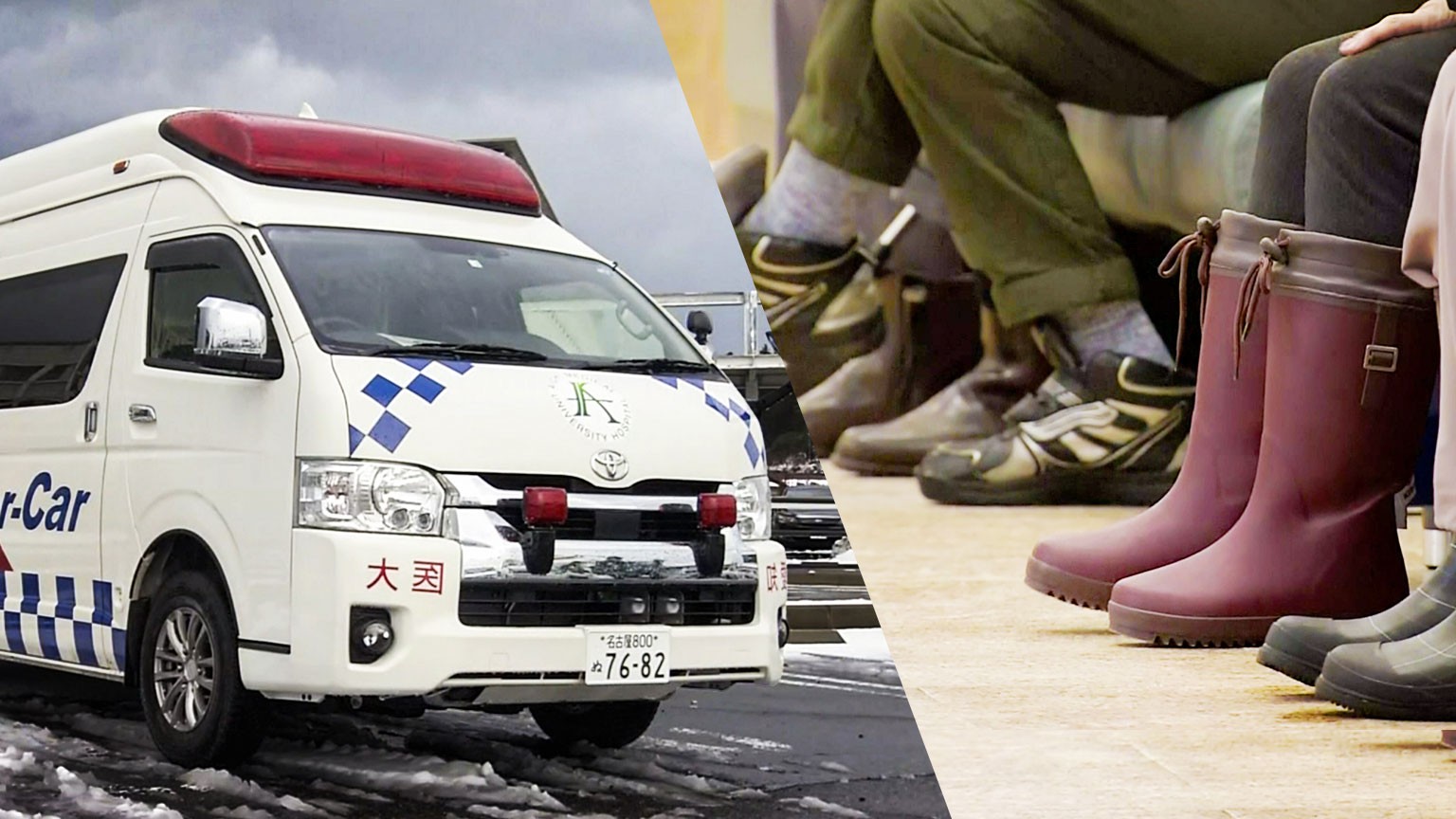Suzu General Hospital in Suzu City, which is designated as a disaster-response hospital for Ishikawa Prefecture, has been taking in the rescued and injured since the deadly New Year's earthquake struck, destroying many houses.
But the hospital says it is short of water and nutritious food as well as nurses and other medical staff. As a result, it is now forced to transfer some of its long-term inpatients to other hospitals.
This applies to about 70 people hospitalized with serious medical conditions. They will be transferred one by one, using ambulances and helicopters.
Ishii Kazukimi, executive director of Suzu City General Hospital, said the hospital decided to transfer these patients to Kanazawa City. The move is essential for maintaining hospital operations over the longer term given the lack of stable food and water supplies.
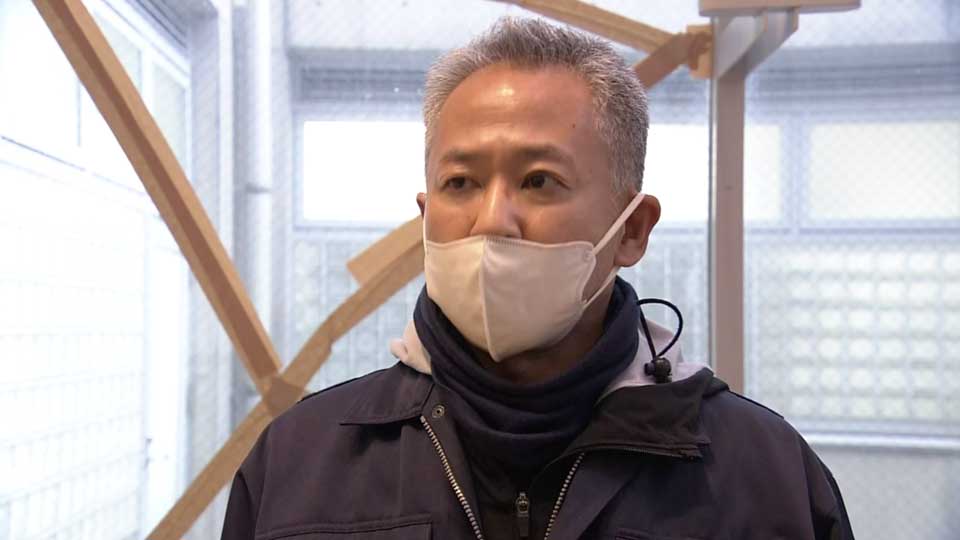
The city has a large elderly population and more may need medical care if they stay in evacuation centers for a long time.
Ishii said he wants to make sure he can accept these patients.
Number of infectious disease patients unknown
Japan has designated specific medical institutions in each region as survey points for gauging the overall number of patients with infectious diseases, such as COVID-19 and influenza.
In Ishikawa Prefecture, the number of patients is tallied every week based on reports from 48 medical institutions, then reported to officials.
But the earthquake has damaged all six of these institutions in northern Noto and one in central Noto, making it hard to know how many patients there are.
Prefectural officials say many people at evacuation centers in the disaster-hit areas are suffering from fevers and other health problems.
They added that public health nurses and DMAT disaster medical assistance teams are handling the situation.
The Ishikawa Prefectural Institute of Public Health and Environmental Science said many medical workers have come to the prefecture to help.
It added that it plans to establish a system for reporting disease outbreaks as soon as possible.
Infectious diseases at evacuation centers
Outbreaks of infectious diseases have already been reported at evacuation centers in Ishikawa.
The prefectural government is rushing to confirm the extent of the outbreaks and take infection control measures.
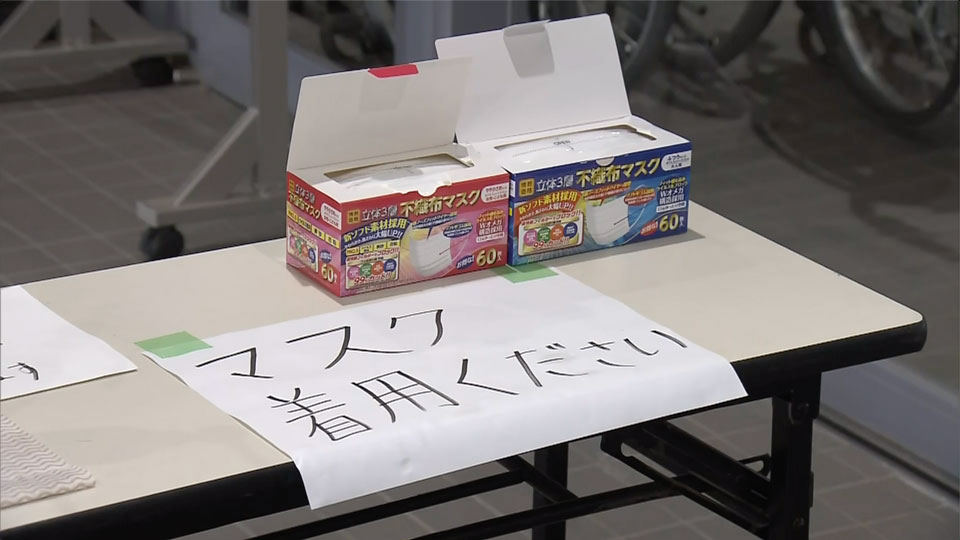
NHK spoke with people in six localities in Ishikawa with many evacuees. As of 5 p.m. on Tuesday, at least 23 people have tested positive for COVID-19 at evacuation centers, and at least eight people for influenza.
In detail,
Shika Town (by 10 a.m. on Tuesday)
-13 cases of COVID-19
-Four cases of influenza.
Anamizu Town (by 5 p.m. on Monday)
-Eight cases of COVID-19. One person with severe symptoms hospitalized.
-Three cases of influenza.
Nanao City (by Monday)
-Two cases of COVID-19
-One case of influenza.
Wajima City and Noto Town
Some people have symptoms, but no firm data on the number of cases.
Suzu City
Many people reported to have fevers and other symptoms.
Wajima City mayor: Severe cold, hygiene a challenge
In Wajima, where more than 200 buildings were destroyed by a post-quake blaze, over 12,000 people remain in evacuation centers.
Wajima mayor Sakaguchi Shigeru told NHK that evacuees face the challenge of severe cold and worsening sanitary conditions.
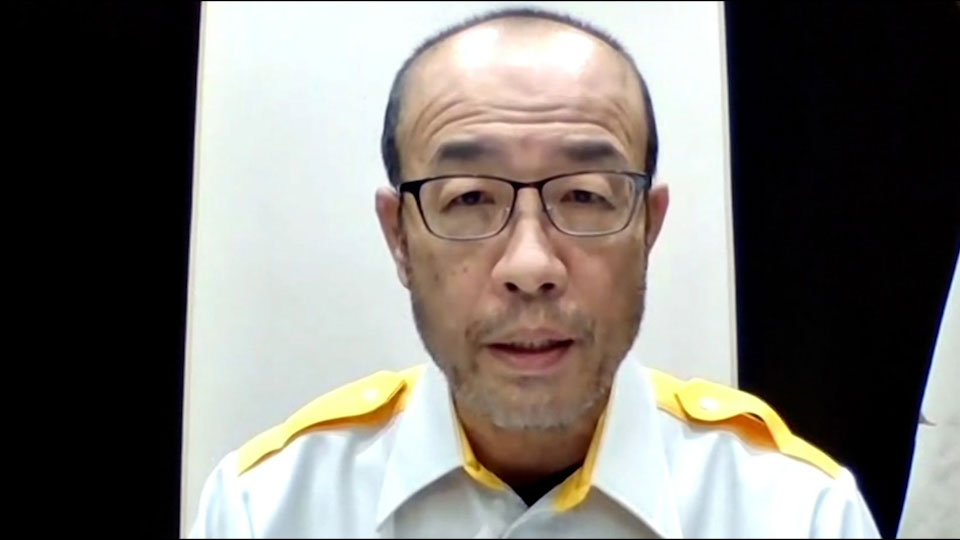
He said people are unable to warm themselves and infectious diseases such as norovirus and COVID-19 are spreading amid poor sanitary conditions, including a bad situation with toilets.
Sakaguchi said water and food was initially the priority, but now medical and other support is becoming necessary as life in evacuation centers goes on.
The mayor went on to say it is still unclear when lifelines and infrastructure will be restored. He called on the central government to provide generous support, including early restoration of normal services and economic support for evacuees.
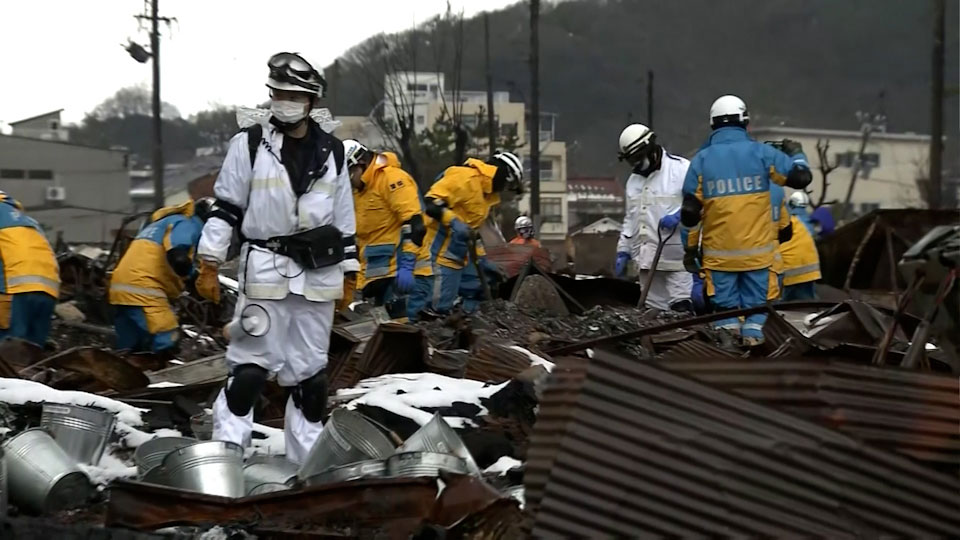
Sakaguchi said the area around Asaichi street has suffered widespread damage, but given that the entire city has been damaged the specific extent is hard to determine.
For example, the number and details of buildings that burned down in the Asaichi area fire remains unknown.
For now, Sakaguchi is asking people from outside the disaster-hit areas to stay away due to poor road conditions, including traffic jams. But he hopes for support from others when the situation is more settled.
Baby born after night in car, helicopter evacuation
Drama, rescue and a helicopter ride marked the birth of one baby girl in the disaster zone.
Choumatsu Chiharu, 32, was around ten days from her due date when the massive quake shook her home in Suzu City.
With their house damaged and a tsunami warning in effect, the family evacuated to higher ground in their car and spent the night there. That's when Choumatsu's labor pains began.
She was taken by helicopter to a hospital in Kanazawa, where she gave birth to a baby girl weighing 2,336 grams on January 2. Both she and the baby were healthy.
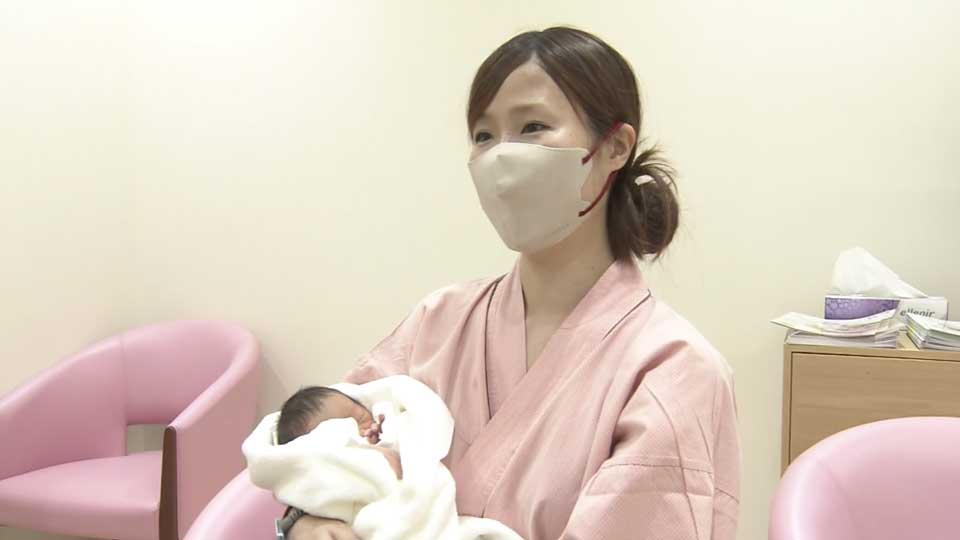
"My belly started to feel tense soon after the evacuation, and I worried about whether I could make it to the hospital," Choumatsu said.
She said she is grateful to many people for their help, especially the fire fighters who rushed to her despite bad road conditions.
Choumatsu said she wants her baby to grow up to be a child who values connections with people.
